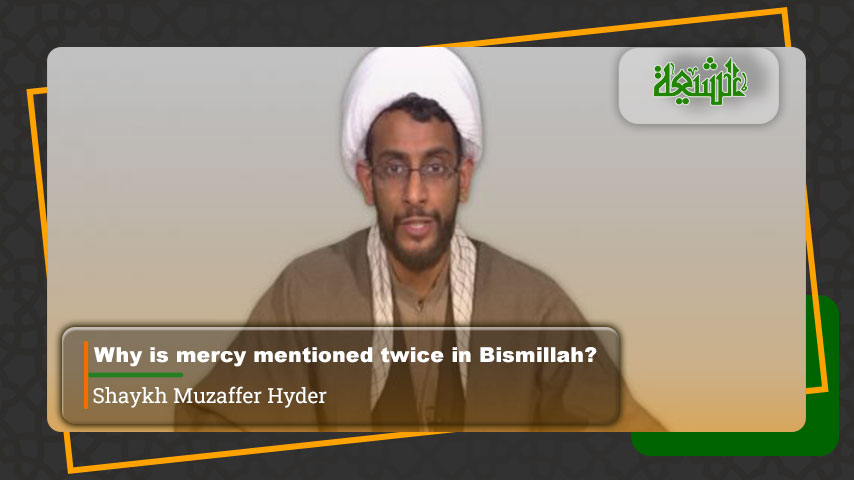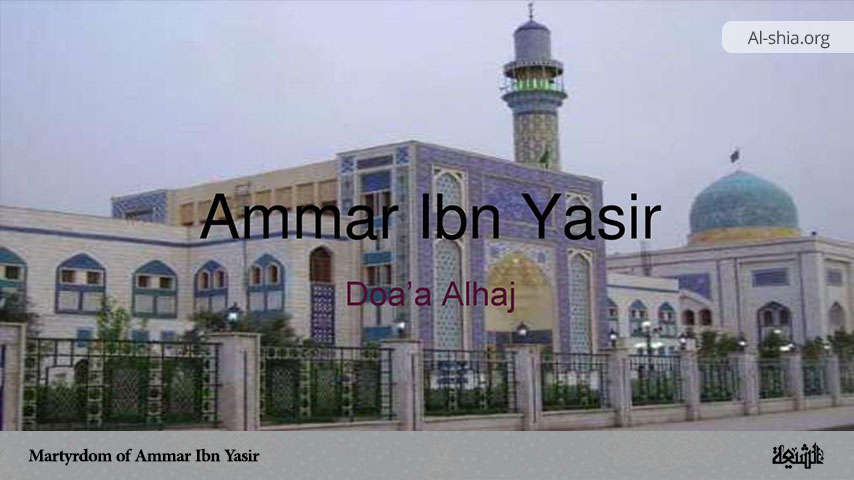The Battle of Banu Qurayza stands as one of the most controversial and significant events in early Islamic history. Taking place in 627 CE, in the wake of the pivotal Battle of the Trench, it involved the Muslim community of Medina, led by the Prophet Muhammad (PBUHH), and the Jewish tribe of Banu Qurayza. This confrontation was marked by complex political dynamics, allegations of betrayal, and severe consequences for the defeated tribe. Understanding the Battle of Banu Qurayza requires delving into the intricate relationships and agreements that characterized Medina during this period, as well as examining the broader implications of this conflict for subsequent Jewish-Muslim relations and Islamic jurisprudence. This article aims to explore the background, events, and aftermath of the battle, offering insights into its lasting impact on history.
Background
The Banu Qurayza was one of the three major Jewish tribes residing in Medina (then known as Yathrib) before the advent of Islam. They were well-established, influential, and known for their expertise in trade and craftsmanship. The Banu Qurayza had their own fortresses and maintained a significant presence in the city[1].
When the Prophet Muhammad (PBUHH) migrated to Medina in 622 CE, he established the Constitution of Medina, also known as the Treaty of Medina. This agreement sought to unify the diverse groups within the city, including the Muslim immigrants (Muhajirun), the local Muslim converts (Ansar), and the Jewish tribes. The treaty stipulated mutual defense, religious freedom, and collective responsibility for the security of Medina. It was designed to foster cooperation and prevent internal conflicts among the city’s inhabitants[2]. This background sets the stage for understanding the complex dynamics that led to the Battle of Banu Qurayza. The relationships between these groups, shaped by the Treaty of Medina, were crucial in the events that unfolded during this period.
Prelude to the Battle
In 627 CE, Medina faced a significant threat from a coalition of Meccan forces and their allies, who launched a major offensive against the Muslim community. This confrontation, known as the Battle of the Trench (or the Battle of Khandaq), saw the Muslims employing innovative defensive tactics, including the digging of a large trench around Medina to thwart the enemy’s advance[3]. The strategy proved effective, and after several weeks of siege, the coalition forces were unable to breach the defenses and ultimately retreated.
During the Battle of the Trench, the Banu Qurayza tribe, initially part of the broader alliance under the Treaty of Medina, found themselves in a precarious position. Reports and intelligence gathered by the Muslims indicated that the Banu Qurayza were considering breaking their pact and siding with the Meccans[4]. This breach of trust not only threatened the immediate safety of the Muslim community but also undermined the principles of the Treaty of Medina, which was designed to ensure mutual protection and cooperation among all tribes in the city.
The Siege and Surrender
Following the conclusion of the Battle of the Trench, the Muslim forces, led by the Prophet Muhammad (PBUHH), redirected their focus to the Banu Qurayza tribe. Accusations of betrayal during the siege had severely strained relations, and it became imperative for the Muslim leadership to address this internal threat. The Muslim forces laid siege to the Banu Qurayza’s fortress, surrounding them and cutting off their supplies[5].
The siege of the Banu Qurayza’s fortress lasted for approximately 25 days[6]. During this period, the conditions were dire for those inside the fortress. The Banu Qurayza, initially hoping for external support from the Meccans or their allies, found themselves increasingly isolated as their supplies dwindled. The psychological and physical pressures of the siege eventually led the Banu Qurayza to consider surrender as their only viable option.
As the siege dragged on and conditions worsened, the Banu Qurayza sought to negotiate their surrender. They requested that a neutral party mediate their fate, choosing Sa’d ibn Mu’adh, the leader of the Aws tribe and a former ally, to act as arbitrator[7]. Sa’d, who had been wounded during the Battle of the Trench, was brought to the scene and given the responsibility to decide the fate of the Banu Qurayza.
Ultimately, Sa’d ibn Mu’adh ruled that the men of the Banu Qurayza should be executed for their betrayal, while the women and children were to be taken captive. This decision was carried out, leading to the execution of the Banu Qurayza men and the distribution of their property among the Muslims[8].
The Aftermath
Following the arbitration by Sa’d ibn Mu’adh, the verdict called for the execution of the adult male members of the Banu Qurayza tribe. This decision was based on the perceived treachery of the tribe during the Battle of the Trench, which was seen as a serious breach of the Treaty of Medina. Some historical accounts suggest that between 600 to 900 men were executed[9] while their women and were taken as captives.
Debates and Controversies
The Battle of Banu Qurayza remains a subject of debate among historians, theologians, and scholars. Key points of contention include:
1. Historical Accuracy: Some scholars question the reliability of the early sources, arguing that the narratives may have been influenced by the political and religious contexts in which they were written. Revisionist historians like Patricia Crone have called for a more critical examination of these sources.
2. Ethical and Legal Implications: The severity of the punishment meted out to the Banu Qurayza has sparked discussions on Islamic jurisprudence, particularly regarding the treatment of prisoners of war and the application of collective punishment.
Historical Analysis
The reports about the killings are different. Some said that all the men of Banu Qurayza whose number was 600 to 800 were executed, including a woman who had killed a Muslim. Some others report that only the fighters of Banu Qurayza who had acted against Muslims were executed.
Meanwhile, a contemporary scholar and historiographer; Sayyid Ja’far Shahidi cites remarkable inconsistencies in historical sources as well as external facts such as the population of Medina and the Prophet’s kind character, and thereby, casts doubt over the accuracy of the account, and in particular, the massacre of six hundred to nine hundred people from Banu Qurayza. He characterizes the event as a myth fabricated by the people of Khazraj in order to downgrade the status of Aws in the eyes of the Prophet[10].
Similarly, Ibn Shihab al-Zuhri in his al-Maghazi al-Nabawiyya refers to Sa’d b. Mu’adh’s ruling and the Prophet’s endorsement of the ruling. However, he only confirms the killing of Huyayy ibn Akhtab, the senior figure of Banu Nadir who encouraged Banu Qurayza to hostility towards the Prophet[11].
In this regard, Sayyid al-Qutb in his Tafsir wrote: “The verses 26 and 27 of the Qur’an 33 verify the verdict[12]”, but not the execution of all men of the tribe, but only those who acted against Muslims. Sayyid Ja’far Murtada al-‘Amili (d. 2019) in al-Sahih in the exegesis of verse 26 of Qur’an 33 says: the part of the verse: “… You killed a part of them, and took captive [another] part of them”, the word used for taking captive (تأسرون, Ta’sirun) is used for men; because in Arabic, for taking women captive, another word is used; but some exegetes have incorrectly interpreted the word “killed” about men and the word took captive for women and children[13]. So only fighters who had acted against Muslims were executed and the rest became enslaved. As Ibn Shahrashub mentioned the total number of men was 700, and the number of the executed was 450[14].
In addition, based on the context and appearance of the verse relating to the battle (Qur’an 33: 26-27), it has been concluded that there was a war and conflict between Banu Qurayzah and Muslims, and in this war, a group of Jews were killed and a group were captured. And the meaning and the interpretation (تأسرون فریقاً, Ta’siruna Fariqan) in the according to some Qur’anic exegetes[15] is not referring to the women and children; rather, it is referring to the warriors who were captured by Muslims during the war.
Conclusion
The Battle of Banu Qurayzah is one of the events that has attracted the attention of some critics and opponents. Based on this event, some people have introduced Islam as a violent religion and its Prophet (PBUHH) as a violent person. The report of this event has entered the historical and interpretive sources of Muslims since the second century of Hijri.
The famous report and the non-famous report both have conflicts regarding the number of people killed, the place where they were killed, and their killers, so they are confused and ambiguous, and it is difficult to accept them. These historical reports are rejected because of inconsistency in the reports, contradictory with sound reasoning, the attributes of the Holy Prophet (PBUH) as a Prophet of Mercy and the Qur’anic characteristics of him.
In addition, based on the context and appearance of the verse relating to the battle (Qur’an 33: 26-27), it has been concluded that there was a war and conflict between Banu Qurayzah and Muslims, and in this war, a group of Jews were killed and a group were captured. And the meaning and the interpretation (تأسرون فریقاً, Ta’siruna Fariqan) in the according to some Qur’anic exegetes is not referring to the women and children; rather, it is referring to the warriors who were captured by Muslims during the war. In view of this, based on the appearance of the verse and its lexical appearance, it has been concluded that the Muslims did not execute anyone in this war; rather, during the conflict and war, a group of Bani Qurayzah Jews were killed and a group were captured by the Muslims, as well as a group of Muslims were also martyred.
Lastly, it is concluded that Islam and its Prophet (PBUHH) are a mercy for all the worlds, regardless of belief and inclinations, and it has no other goal except the prosperity and happiness of humans, while the famous historical reports of the Battle of Banu Qurayzah are not acceptable.
References
[1] . cf. Ibn Ishaq, Sirat Rasul Allah; Al-Tabari, Tarikh al-Rusul wa al-Muluk.
[2] . cf. Lewis, Bernard, The Jews of Islam; Rodinson, Maxime, Muhammad: A Biography of the Prophet.
[3] . Ṣāliḥī Shāmī, Subul al-hudā wa al-rashād fī sīrat khayr al-ʿibād, vol. 5, p. 405.
[4] . Al-Waqidi, Muhammad b. ‘Umar, Al-Maghazi, Vol.2, PP.454-6; Ibn Hisham, al-Sira al-nabawiyya, Vol.2, PP.220-1
[5] . Al-Waqidi, Muhammad b. ‘Umar, al-Maghazi, Vol.2, P.501.
[6] . Al-Waqidi, Muhammad b. ‘Umar, al-Maghazi, Vol.2, P.501.
[7] . Sayyid Ja’far Murtada, al-Sahih, Vol.12, P. 90.
[8] . cf. Ibn Ishaq, Sirat Rasul Allah; Al-Tabari, Tarikh al-Rusul wa al-Muluk.
[9] . Al-Tabari, Tarikh al-Rusul wa al-Muluk, vol. 2, p 588.; Ibn Athir, Izz al-Din, Al-Kāmil, vol. 2, p. 186.
[10] . Shahidi, Tarikh-i Tahlili-i Islam, P. 90.
[11] . Ibn Shihab al-Zuhri, al-Maghazi al-Nabawiyya, 51/671-2; 124/741-2.
[12] . Sayyid al-Qutb, Fi Zilal al-Qur’an, Vol.6, P. 569.
[13] . Sayyid Ja’far Murtada, al-Sahih, Vol.12, P.148
[14] . Ibn Shahrashub, al-Manaqib, Vol.3, P. 171.
[15] . Makarim Shirazi, Tafsir Nemuneh, vol. 17, 270; Najafi Khomeini, Tafsir Ᾱsān, vol. 16, p. 86


















